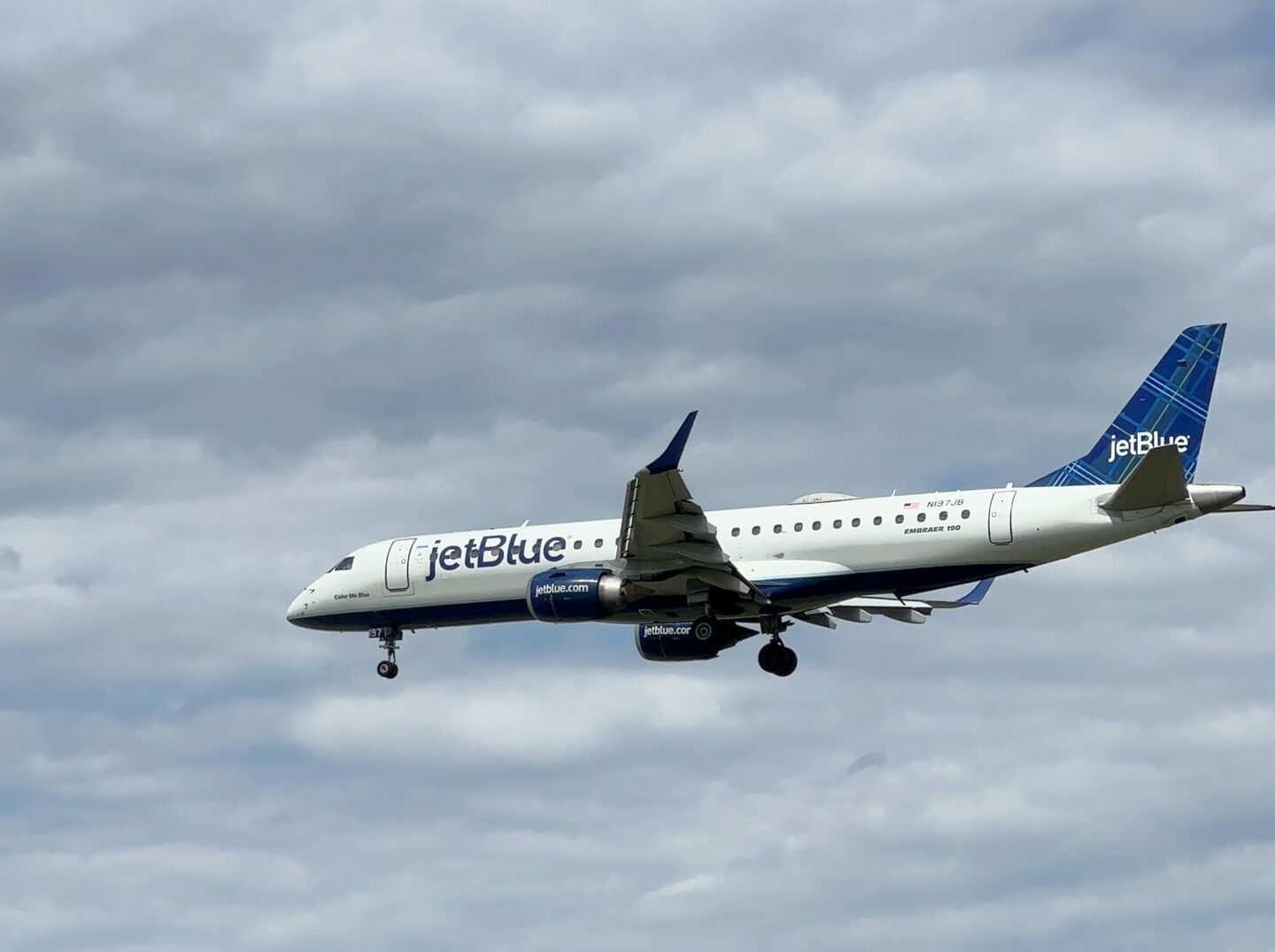Center Maryland Presents The Trail Episode 3
Welcome to episode 3 of Center Maryland’s The Trail podcast series leading up to the 2024 Presidential Election. Each week our hosts Damian O’Doherty, Candace Dodson-Reed, & Don Mohler will discuss topics about the campaign and beyond. In this week’s episode, the gang talks about the upcoming convention, the latest polls, & more.

